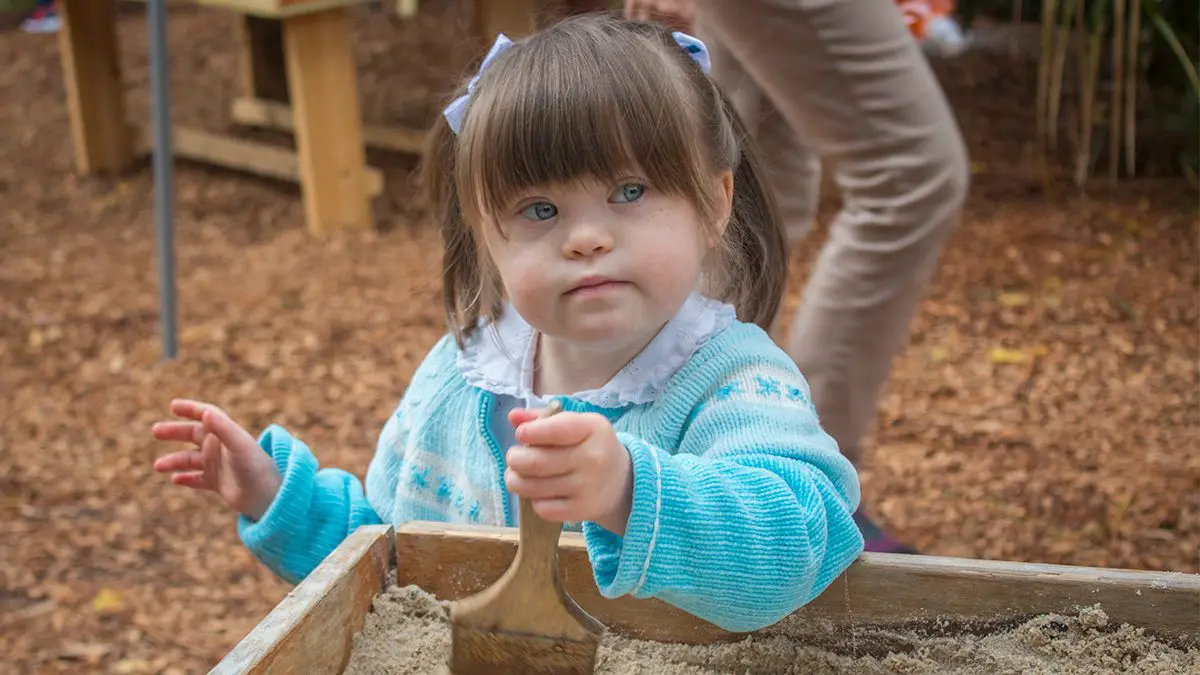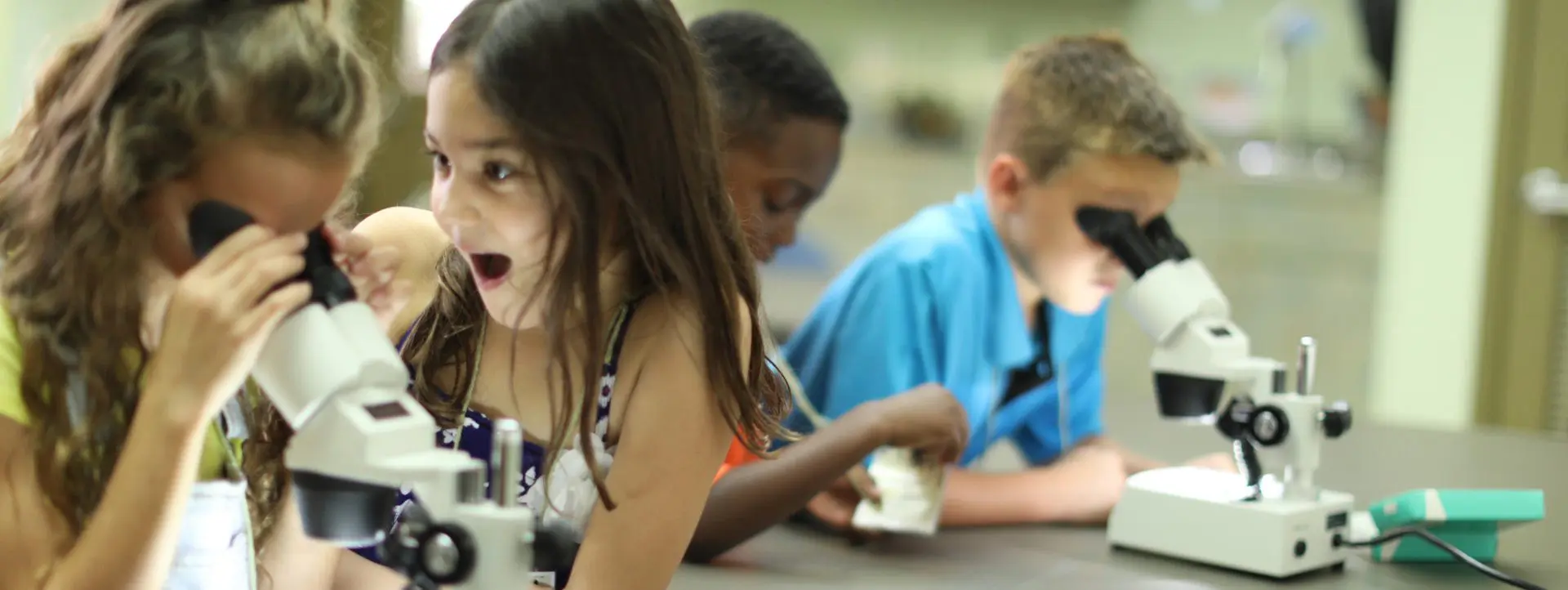Learning Labs
Each Learning Lab is a 3-hour adventure packed with excitement! Your day includes about 2 hours of hands-on activities, a thrilling animal encounter or Zoo excursion, and a well-deserved lunch break. Activities might change based on weather and Zoo operations, but rest assured, it’s always a blast!
Choose one Learning Lab for each day your class roars into Zoo School.
Grades
Class Size
Capacity
School Rates
To reserve your program, please e-mail Dee Maynard at dmaynard@brevardzoo.org.
A confirmation letter with your program details will be emailed after registration. Please keep this letter for your records and present it upon arrival for admission. If multiple classes are attending, ensure all teachers have the confirmation details. Due to high demand, we may cancel or shorten programs for late arrivals. If you’re running late, please notify Zoo Administration at 321.254.9453 x219 or x489.
Grades
5-12
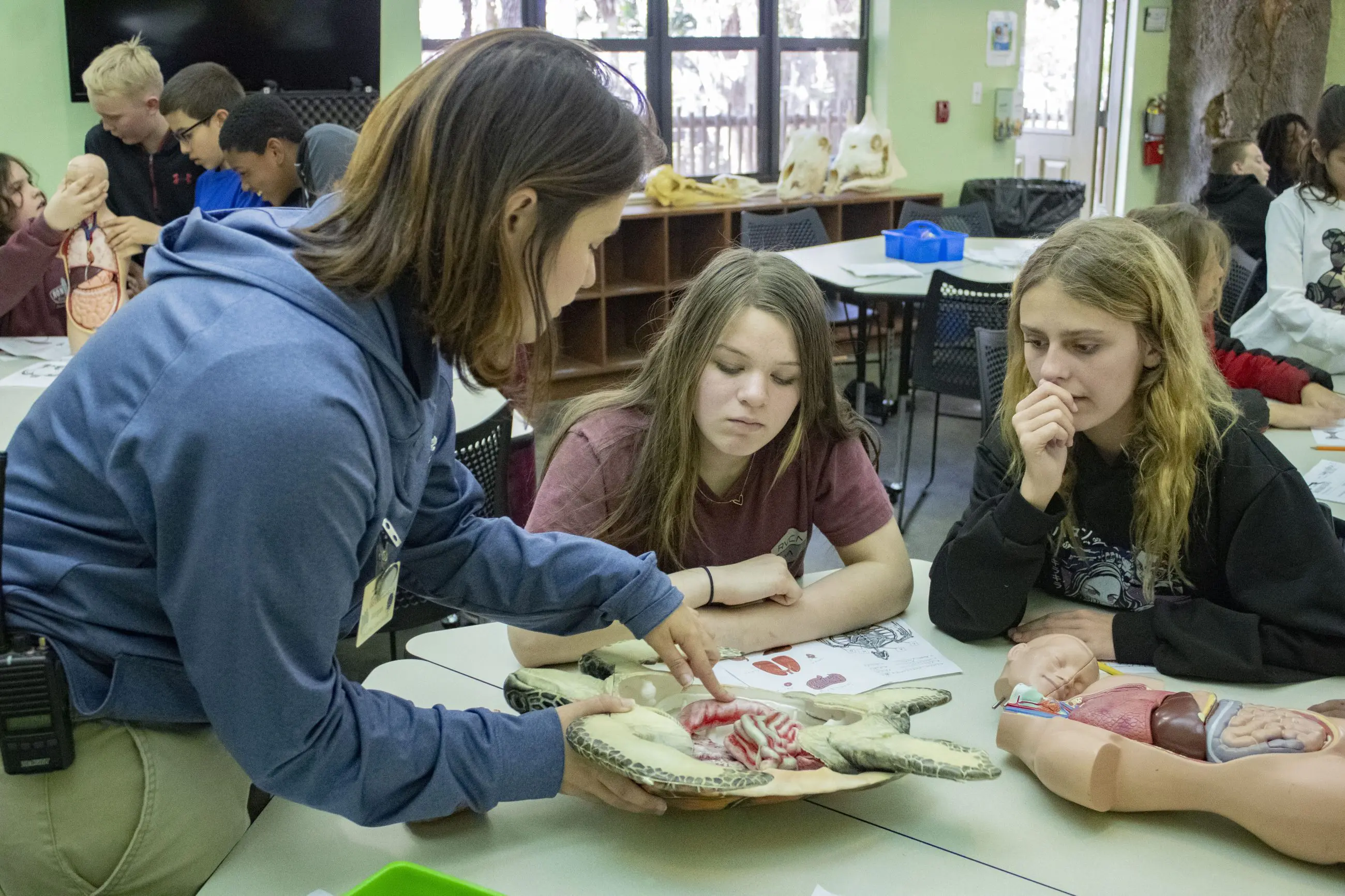
Anatomy of a Rescue
In this lab, students will get a hands-on look at the internal physiology of different species as they compare organs and bones from both mammals and reptiles. Using three-dimensional anatomical models and scientific specimens, we will set a foundation for understanding anatomy and physiology. Students will see case studies of real patients and experience the importance of understanding the internal and external structures of animals we help rescue here at the Brevard Zoo!
SC.3.N.3.3, SC.4.L.17.4, SC.5.L.14.1, SC.5.L.14.2, SC.5.N.2.1, SC.6.L.14.5, SC.6.N.3.4, SC.912.L.14.13-14
Grades
5-12
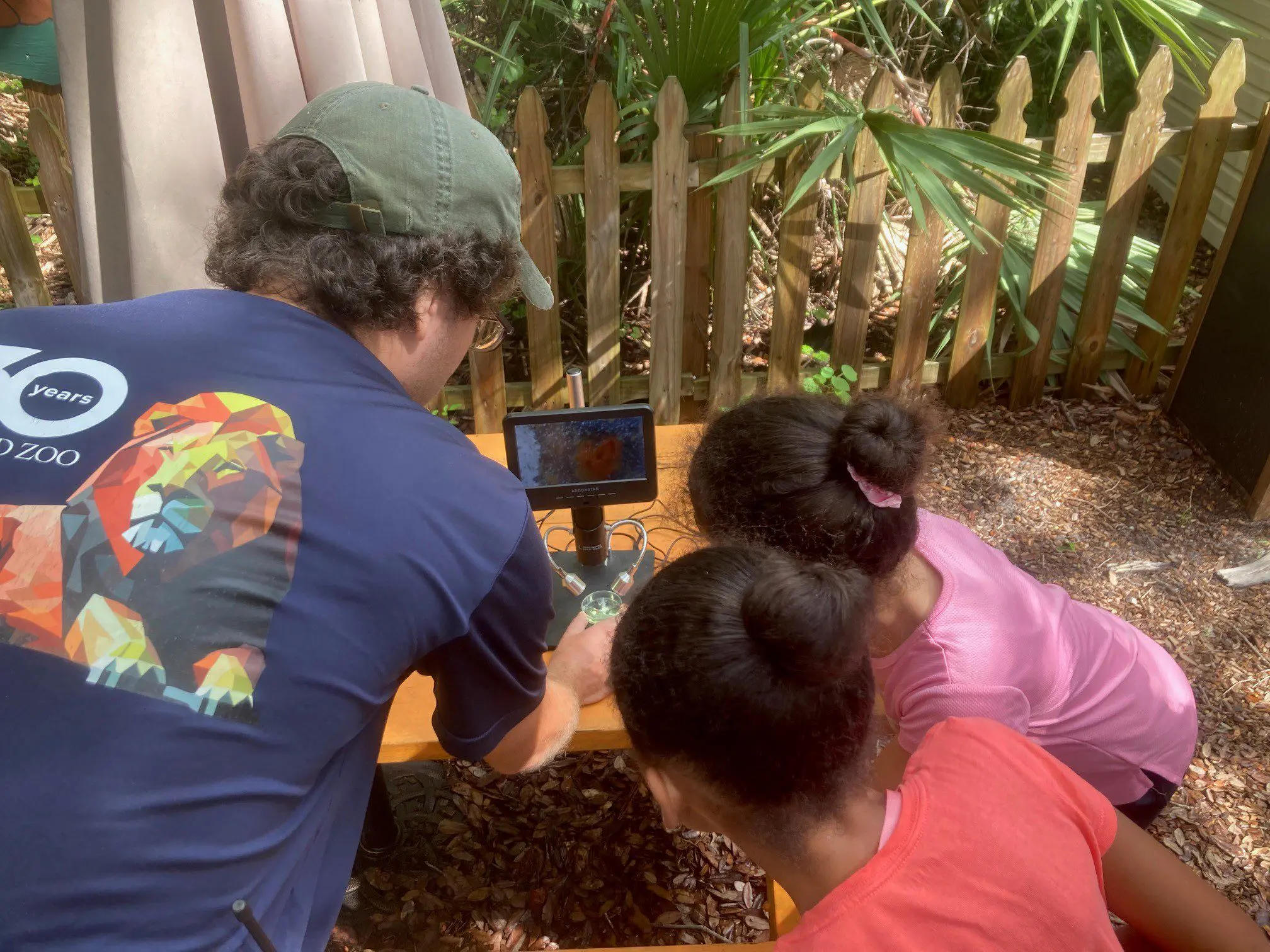
Nature and Technology
In this STEM lab, explore what it means to problem solve and brainstorm cooperatively while using different scientific processes to investigate the natural world. In one activity, students will work within a budget to solve an engineering design challenge as they learn about biomimicry and its impact on technology. Students will also use the experimental method to formulate a hypothesis, follow a protocol, manipulate variables, collect and record data, and reach a conclusion as they conduct an experiment in a specific area of the Zoo. Scientific terminology and tools will be used throughout this lab.
SC.3.N.3.1, SC.3.N.3.3, SC.4.N.1.8, SC.4.N.3.1, SC 5.N.1.2-6, SC.5.N.2.2, SC.6.N.1.2, SC.7.L.16.4,
Grades
5-12
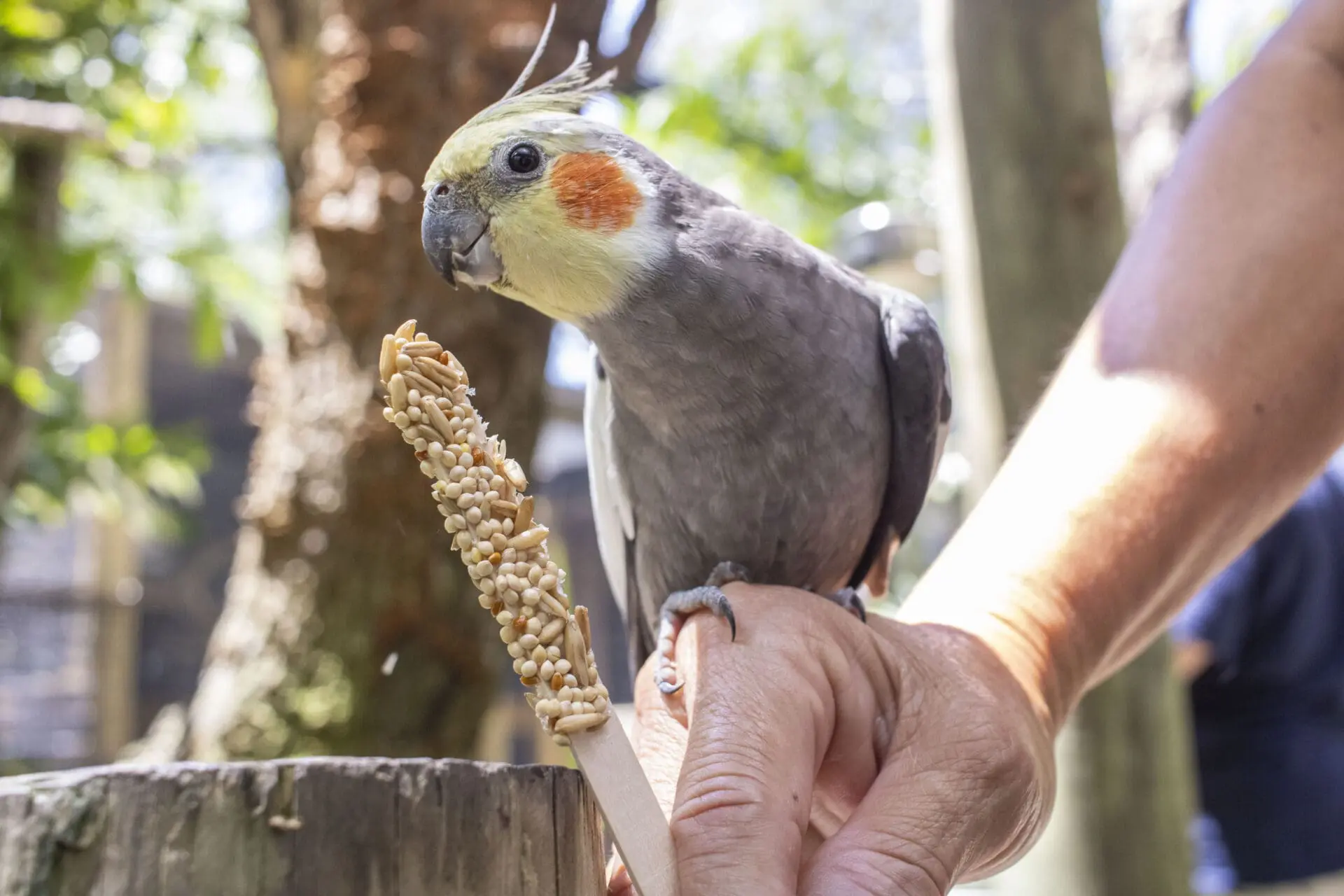
Think Like a Zoologist
Students will work cooperatively to answer zoological questions based on firsthand evidence including a variety of scientific specimens such as skulls, pelts, and models. They will compare animal adaptations to learn how scientists classify vertebrates and invertebrates.
SC.3.L.15.1, SC.3.N.1.1, SC.3.N.1.6, SC.4.N.1.3, SC.4.N.1.7, SC.5.L.17.1, SC.5.N.2.1, SC.6.L.15.1, SC.912.L.15.7
Grades
5-12
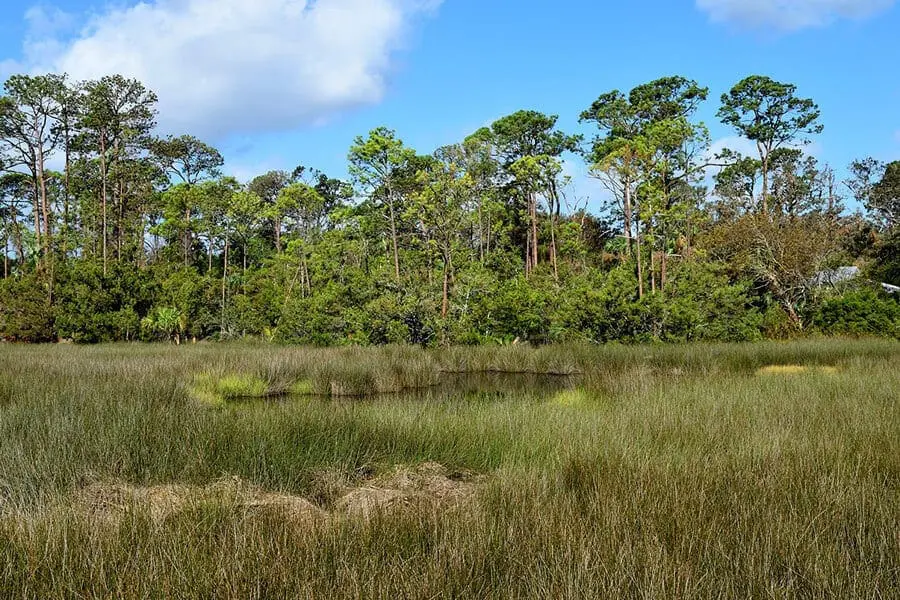
Wild about Wetlands
Students will get a close-up view of the creatures that call Florida wetlands home while learning why our wetlands are so important. By using different scientific tools including microscopes, pH meters, and turbidity meters students will get to analyze water quality and explore both the macro and micro flora and fauna of Brevard Zoo’s wetlands.
SC.3.L.15.1, SC.3.N.1.2, SC.4.L.17.4, SC.4.N.1.2, SC.5.L.17.1
Grades
5-12
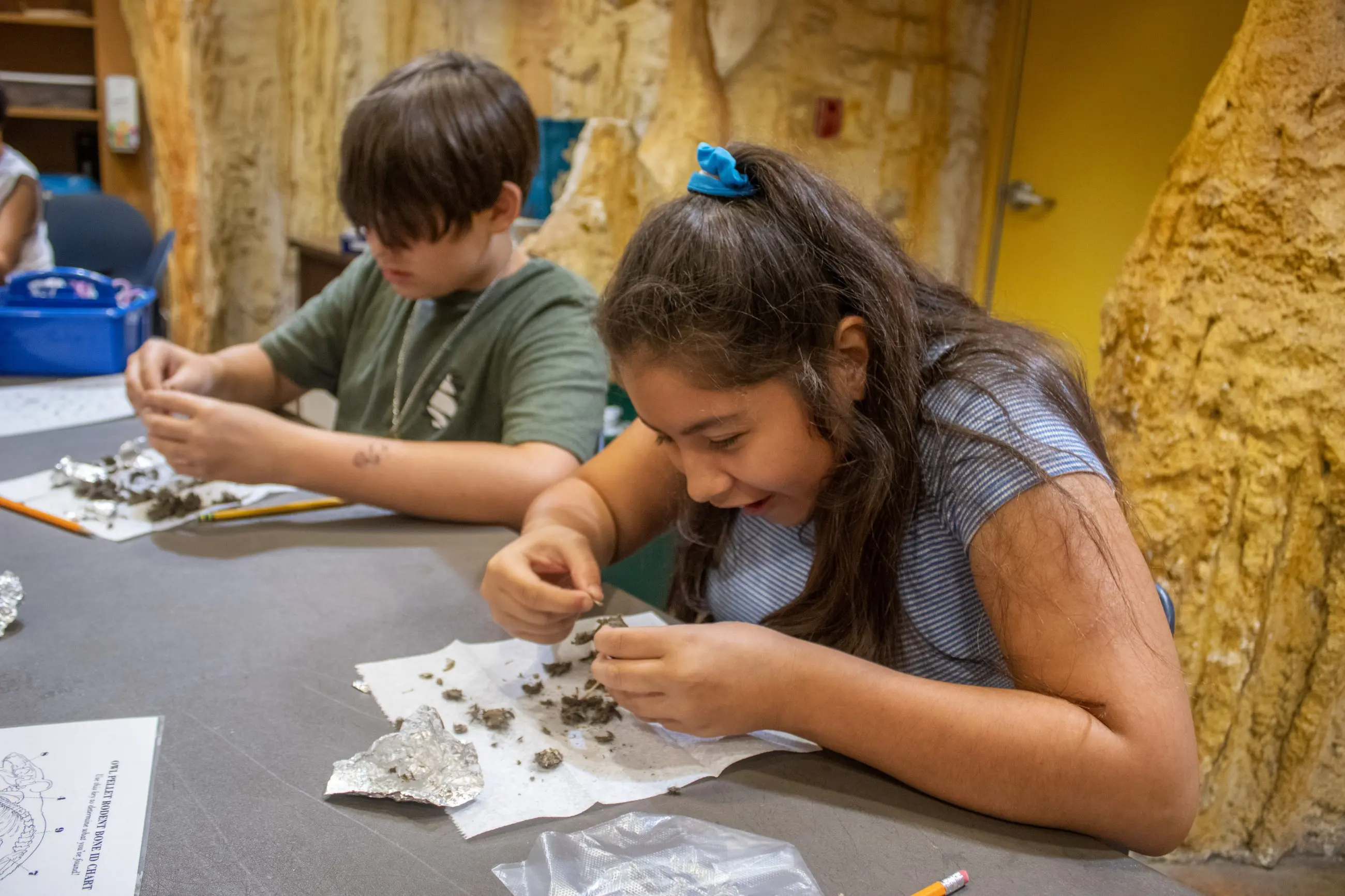
You Are What You Eat: The Food Chain
Students will work in our commissary and explore different areas of the zoo to experience firsthand how Brevard Zoo facilitates the flow of energy from the sun to the animals in our care. Examining animal characteristics and the features in each habitat, students will determine what type of consumers the animals are, where they fall in the food chain, and what producers provide them with energy. This lab includes a hands-on analysis of an owl’s diet.
SC.3.L.17.2, SC.4.L.17.2, SC.4.L.17.3, SC.7.L.17.1, SC.7.L.17.2, SC.7.L.17.3, SC.912.L.17.9
Grades
5-12
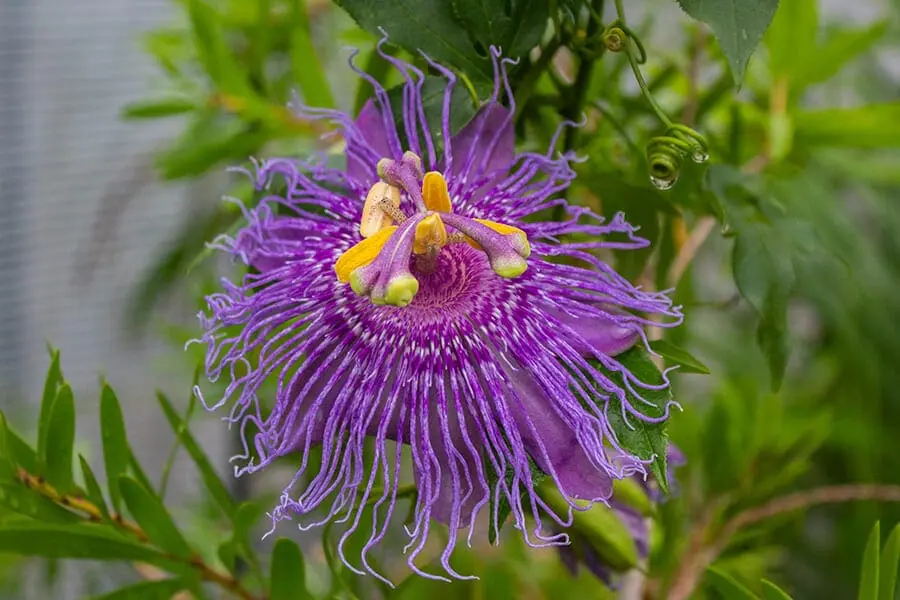
Zooscaping: The Nature of Plants
Plants, the often-overlooked residents of Brevard Zoo, form the foundation of all ecosystems. In this immersive lab, students dissect flowers, disperse seeds, and discuss conservation efforts as they explore plant biodiversity and adaptations. From self-defense to symbiotic relationships, plants have evolved many strategies for survival.
SC.3.L.14.1, SC.3.L.15.2, SC.3.L.17.2, SC.4.L.16.1, SC.8.L.18.1, SC.8.L.18.2, SC.8.L.18.3, SC.912.L.14.53
Additional Opportunities
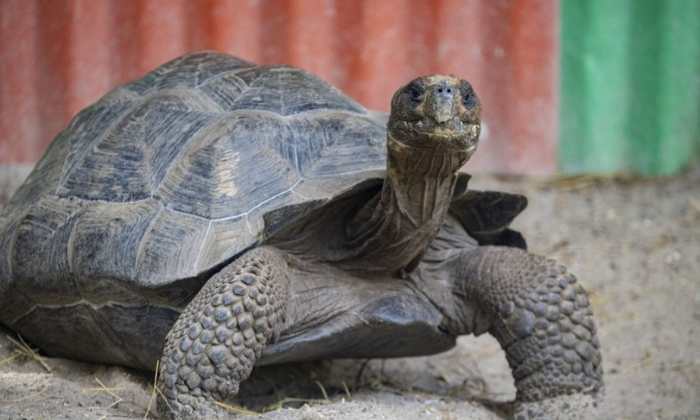
Bring the Zoo to You
